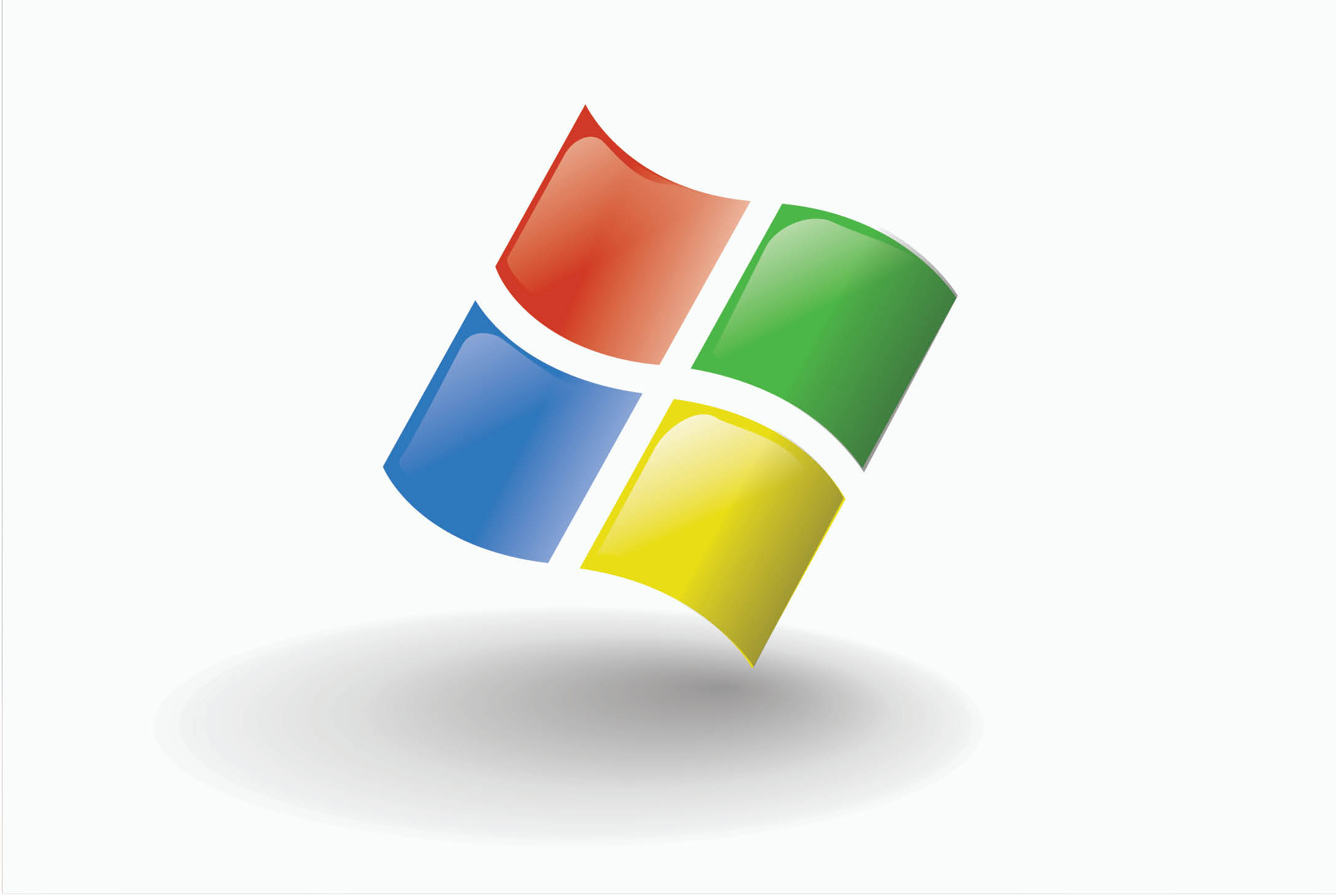April 1, 2025
Windows 10 Ending Soon

Do you remember the first time you booted up a Commodore PET from a tape drive with that blinking command prompt full of potential? Since then, we have seen it all—Apple Macintosh and Windows 3.1’s graphical revolution, the reliability of Windows NT, the highs and lows of Windows 95 and 98, the brief blip of ME, the golden age of XP, and the ups and downs through Vista, 7, 8, 8.1, and now 10. Along the way, some of us worked with UNIX and, eventually, various flavors of Linux, configured Novell networks, and even dabbled in the forgotten worlds of NeXT and BeOS. Each shift brought new features, new frustrations, and plenty of nostalgia.
Windows 10
Now, here we are again—another major shift on the horizon. Microsoft has announced that Windows 10 will officially reach the end of support on October 14, 2025. It’s a familiar story for those who have been through these transitions before. Once that date arrives, security updates, bug fixes, and official support will be no more. Your Windows 10 system will still function, but much like an old XP machine sitting in the corner of a forgotten office, it will gradually become more vulnerable to security threats and software incompatibilities.
What's Next?
For many, upgrading to Windows 11 is the natural step, offering improved security features and ongoing support. However, not all devices will meet their hardware requirements, meaning some users may need to invest in new hardware or take the risks associated with not updating, which only increase over time. For example, continuing to use an unsupported system can expose your device to ransomware attacks, where hackers lock your files and demand payment for their release—something that becomes more likely as vulnerabilities go unpatched. While Microsoft will temporarily offer a paid Extended Security Update (ESU) program for those not ready to upgrade, this option only covers security updates. It lacks bug fixes, new features, or technical support. It’s a temporary solution at best, and for most users, upgrading to a supported system remains the better long-term approach.
Of course, there’s always speculation. Some wonder if Microsoft might extend Windows 10’s end-of-life date as it did for XP when businesses were slow to move on. But as of now, there’s no indication of a delay. If history has taught us anything, it’s that waiting until the last minute to upgrade usually leads to a rushed, frustrating experience.
Change is inevitable, but it doesn’t have to be painful. ITC offers a Managed IT solution for businesses unsure of where to start. Reach out to the ITC Office at 1.800.417.8667. Don’t wait until the clock runs out—start planning now and stay ahead!